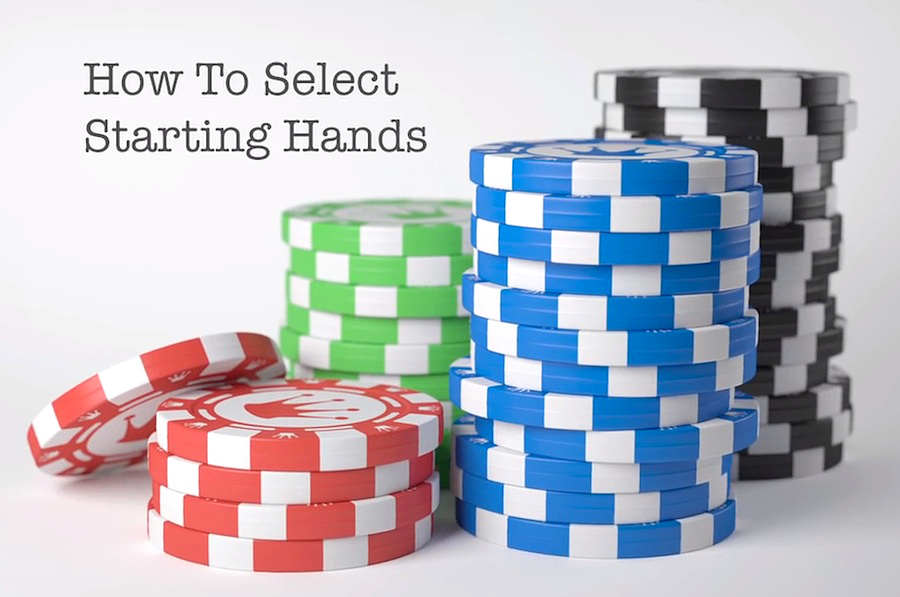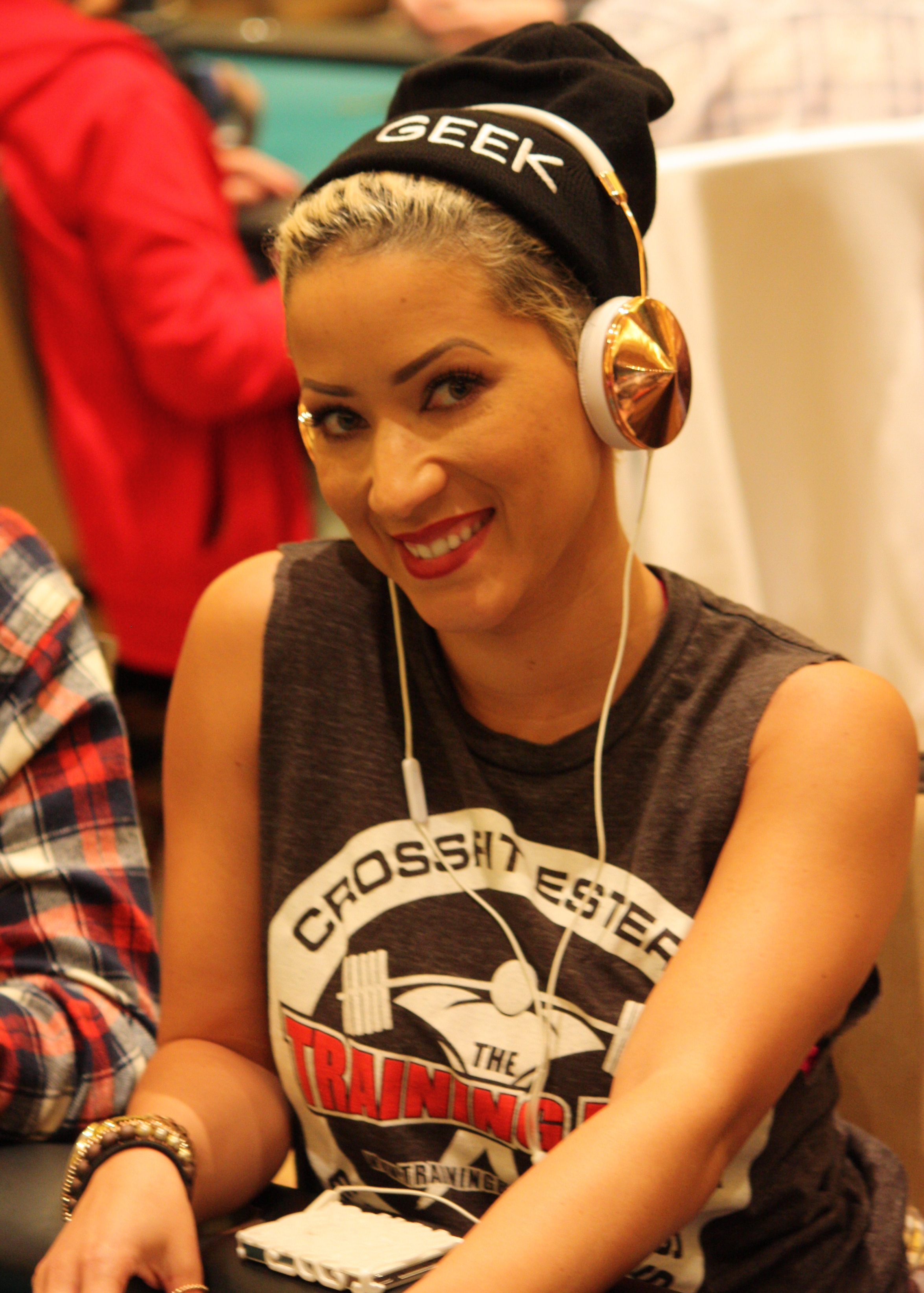No Limit Poker Starting Hands
No Limit Holdem Starting Hands

THE NO LIMIT STARTING HANDS CHART The PokerStrategy.com Starting Hands Chart for No Limit Texas Hold'em shows you which hands you should play and how you should play them. Simply print it out and you will always know what to do throughout the entire game. Learn which starting hands in poker are worth playing, which aren't and why. Keep it cool, Keep it fun, Play Responsibly: https://www.pokerstars.net/about/re. Texas Holdem Rankings for All 169 Starting Hands. Ever since the early days of Texas holdem poker, players have attempted to analyze and organize the 169 possible two card starting hands found in. In an ideal situation, your hands will be double-suited. These hands can form two different flushes. Double-suited AAKK is the absolute best starting hand. AAJT is right behind it and has a higher straight potential than AAQQ, the third highest-rated starting hand.
Starting hands are the most important thing you’ll need to learn in poker. These are the type of hands that you should consider playing pre-flop and a lot of factors should help make these decision. Things such as your table position, stack sizes and table image are extremely important. This article outlines hands you should play from different table positions.
Early Position
Only play premium hands 1010-AA and AJ-AK.
On a really tight table you can open your range slightly to include high broadway cards (face cards) or suited connectors, and if the players at the table are really bad you can slip in A10, 99 and 88 too. For short-handed games you can also play any pocket pair and you and suited-aces because these are the hands that will give you the nut flush on the flop.

With big pairs it’s crucial that you raise the pot 3-4BBs + 1BB for each limper. This is to prevent others from seeing the flop cheaply with drawing hands like 7d8d, top pairs don’t hold there value in multi-way pots. Another reason you need to raise the pot pre-flop with big pairs is because of something called “isolating hand ranges”. By raising pre-flop you give yourself a much better chance of reading your opponent post-flop and how likely he’ll have missed a board. For example, let’s say I raise the pot pre-flop with KK and get called by 2 players. On a flop like 5d-7h-10s, it’s extremely likely I’m ahead and I know my opponents will have missed. This is because after they called my pre-flop raise I can put them on a decent hand range of AJ+ or low-mid pocket pairs. If I failed to raise pre-flop, then I really have no idea what type of hand they have or whether I’m still ahead.
Hands like AK or AQ should almost always be raised in early position – similar to the reasons for high pocket pairs. These hands are in the top 5% of pre-flop starting hands and you definitely want to price out limpers from the pot. Also, if you only get called by one opponent there is a large chance you’ll still be ahead on the flop (about 60% of the time).
With mid-pairs like 1010 or 77 a raise is not necessary. Your aim should be to set-mine (i.e hope to catch a set on the flop cheaply). The reason we don’t raise these hands is because we want to build a multi-way pot with big implied odds just in case we hit our set.

With AJ or A10 we should just be limping too.
Middle Position
Here we can play all the hands above with the inclusion of J10 – KQ, and small-mid pocket pairs – on an un-raised board.
If you face a raise before you your non-premium hands should be folded, this means anything other than JJ-AA or AK. You can still call suited connectors and suited-aces some of the time for instance in short-handed games.
Basically, you ought to be limping with non-premium hands from mid-position in the hope of seeing cheap flops. Broadway cards KJ, KQ, QJ and J10 should all be limped, along with suited-aces and connectors and ultimately you want to be either hitting two pair or drawing to monster hands like the nut straight. Getting paid off with these hands is what makes them playable pre-flop.
When facing a raise with AA-JJ you should always re-raise (a sensible re-raise is 3x the opening raise). You’ll be ahead of your opponent beat and this also stops early position steals.
On a really loose/weak table you can also call raises with QK, QJ and KJ. And on an extremely passive and loose table i.e one filled with new players, you can call with suited connectors and low pairs for implied odds.
Late Position
You can play virtually any hand – except junk hands like 72o or 83o. You can limp into un-raised pots with low suited connectors, connected hands, non-connected suits, pocket pairs or J10+ – and you can also raise your junk hands to steal pots.
Most importantly you have to raise any hands like AA or KK. You cannot afford to let anyone see the flop cheaply and you have to get rid of all the marginal hands pre-flop. Remeber that big pocket pairs don’t have any value in multi-way pots with 3 or more people.
A tip for playing decent hands like QJ or 88 on an un-raised board from late position is to min-raise the pot by an additional blind (i.e. everyone must pay 2BBs to see the flop). This helps build pots with lots of “dead-money” which serves to increase your implied odds for hitting a monster.
Blinds
The blinds is very similar to early position strategy, except this is where the majority of people make mistakes. Because you’re out of position (first to act on every street after the flop) you cannot afford to call with marginal hands for fun. You don’t get the right sort of implied odds and you don’t know who’s going to re-raise the pot after you. The mistake people make on the blinds is that, because they’re already slightly committed they feel the “need” to call more chips to a raise – however this is not the case. Your positional disadvantage from the blinds makes calling with sub-par hands very bad equity play most of the time.
In fact, most of the hands good enough to call from the blinds are actually the type of hands you should be raising with in the first place. The only exception to this rule would be high suited connectors or broadway cards (J10-KQ).
With high pocket pairs you should open-raise as usual. You should only limp from SB/BB with less than premium hands on an extremely tight board. There may also be occasions where you can afford to call a raise that comes round to you with marginal hands like 7d8d. in these cases, the size of the pot once you call and with loose players around you will encourage others to limp in also – which help improve your implied odds.
Play Where the Fishes are! Join 888 Poker!888 Poker has one of the easiest to beat player pools. Don't join the sharks on PokerStars, play where the real fish are!
 >>Beat the Fish at 888 Poker Now!<<
>>Beat the Fish at 888 Poker Now!<<
Related articles:
Leave a Reply
- $400
- $2000
Poker Starting Hands By Position
T&C apply to bonus offerings